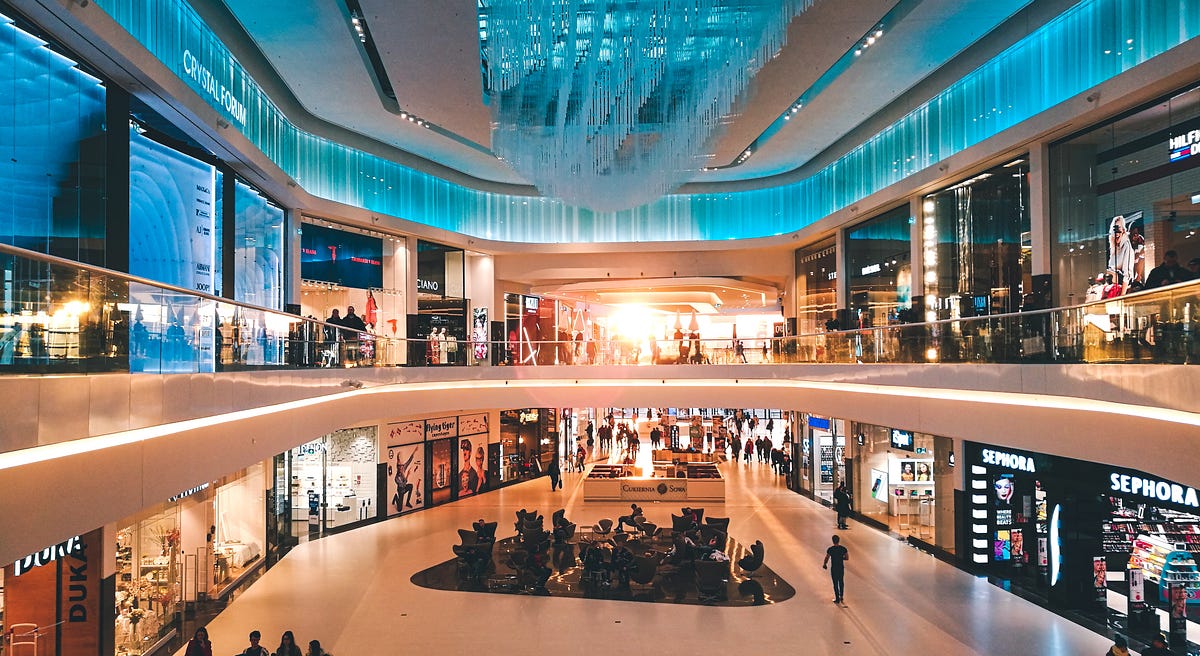The Mall still holds a place in the hearts and minds of 80’s and 90’s kids, as evidenced by Season 3 of Stranger Things, Mallwave and the explosion of blogs and vlogs documenting dead malls. And nostalgia is fine.
But the Mall also holds a place in the hearts and minds of most retail businesses today, and that is a problem. To survive rapid shifts in consumer behavior, retail needs to move on from Mall Mentality.
Mall Mentality can be distilled to a single core belief: the shared traffic assumption.
If you were a child of the 80’s and 90’s who had an average suburban upbringing, the following scenario is probably familiar:
It’s a Saturday morning and mom or dad announces “we need to run some errands”.
The errand might be the purchase of new bedding, a baby shower gift, or some other random need that can only be met at the mall…because you live in an exurb and “Main Street” has been reduced to a nail salon, a pizza parlor and a Walmart.
So mom or dad drags you to the car and you’re off to the mall. You wander around Macy’s, JCPenney or Sears, hiding in the center of circular clothing racks while your parental unit searches for whatever it was that brought you there.
When the mission is complete, you are allowed to stop by Spencer’s Gifts, Limited Too or Bath and Body Works for a “treat”. Maybe you get lunch at the food court on the way out.
You did not wake up that day with the intention of driving more than ten miles from home in search of fruit-scented antibacterial hand glop, but you bought some anyway.
That is the power of the shared traffic assumption — every store in the mall benefits from the foot traffic driven by high-intent shopping.
#retail #ecommerce #digital-marketing #go
